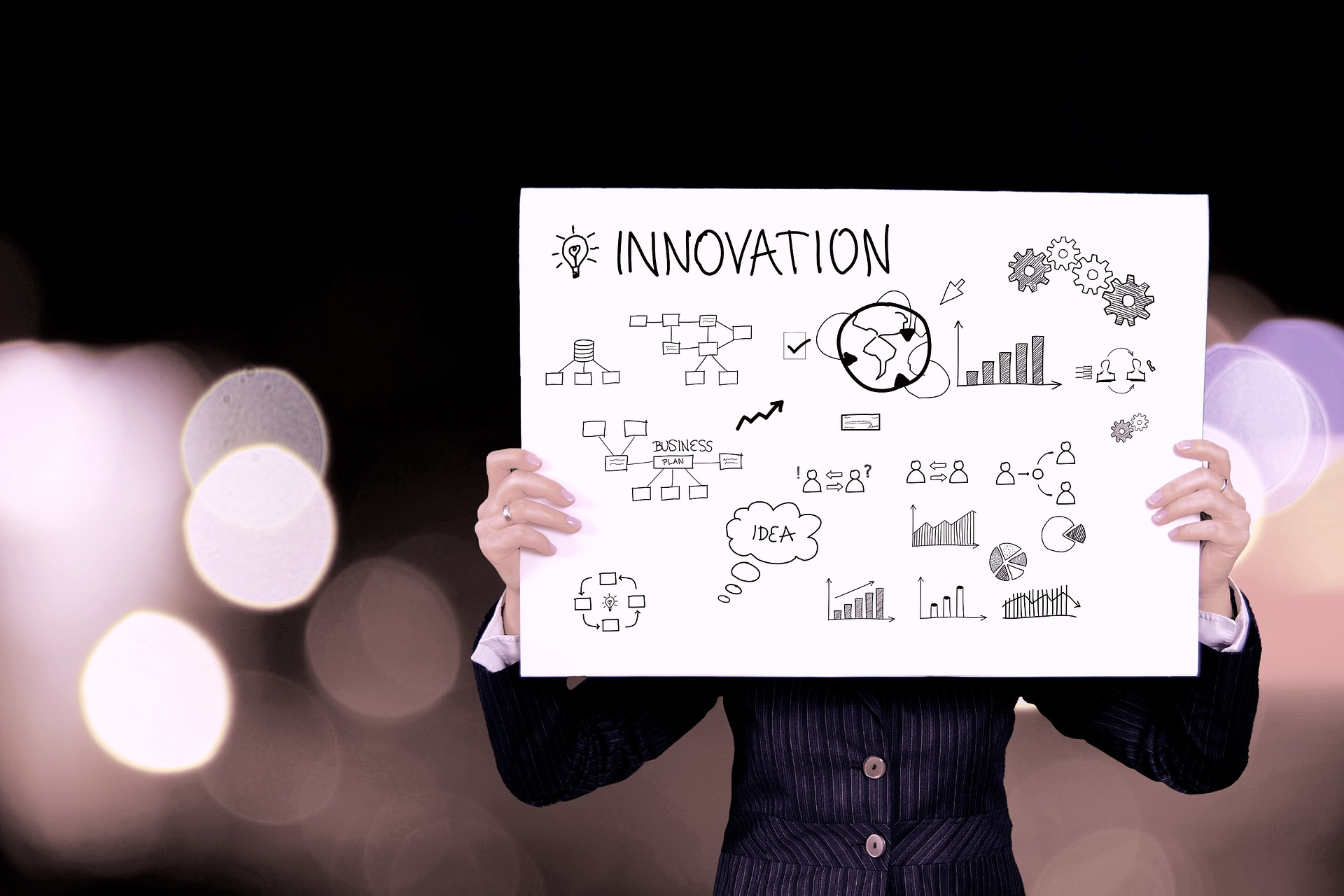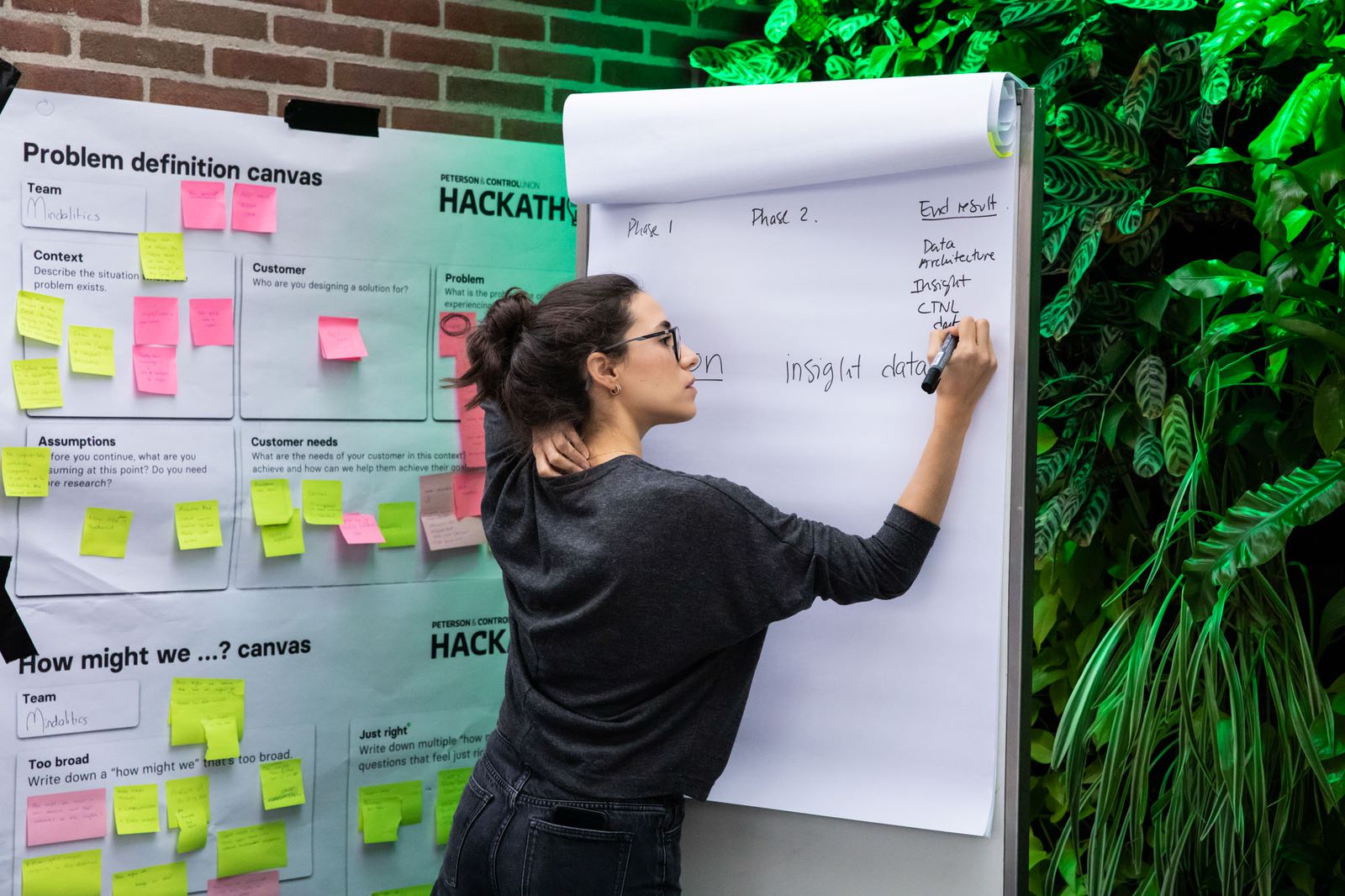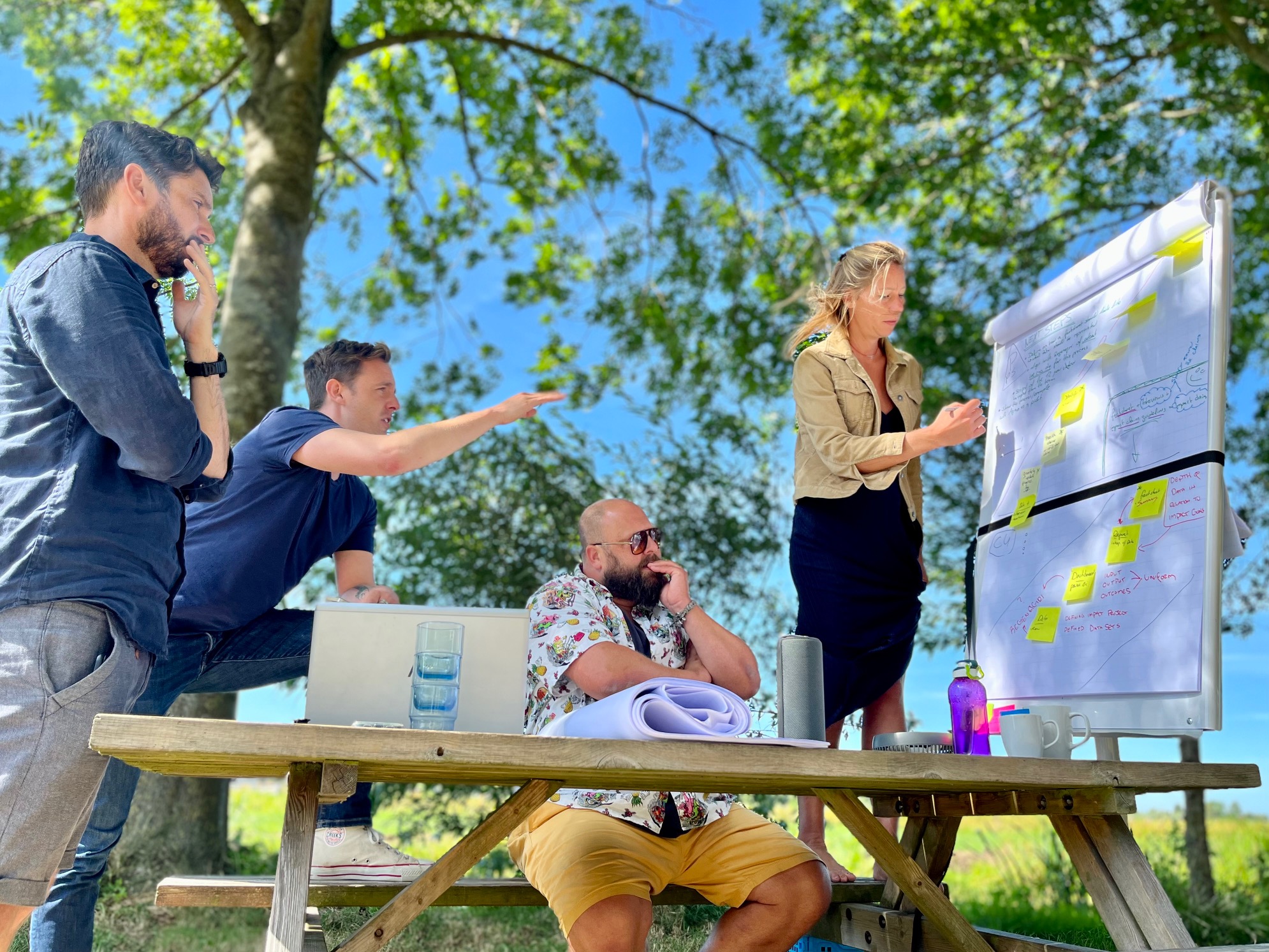
Our innovation strategy for the future
Innovation and design thinking
What’s new?
Innovation embedded in our culture
At Control Union we recognize the importance of looking ahead, of forecasting, of innovation. We see it as our duty to ourselves, our stakeholders and our clients. Not as a desire for new techniques and business models, but we see innovation more as a culture that we nurture in our company.
Control Union is committed to using innovative thinking to respond to increasing requirements for sustainable business and to add value to our clients’ activities and internal ways of working.
As a forward thinking company Control Union provides innovative solutions and leading technology to it’s certifications, testing, inspections and risk management (collateral) services.
Innovation versus creativity
Innovation and creativity are two different things. Creativity in business is needed to generate great new ideas. Idea generation is a key component of innovation. For an idea to be innovative, it must also be useful. For an idea to become a successful innovation, it needs to produce viable solutions to real problems.
Innovations don’t always have to be major breakthroughs in technology or bring completely new business models. They can be as simple as an upgrade to an internal process, a different way of working, or features added to an existing service, instead of a completely new one. In any case, they have to be useful.

What the Hack?
We see more and more local initiatives popping up around innovation. For example, Control Union the Netherlands organizes an annual 24-hour Hackathon (for approximately 15% of their Dutch colleague; 80 in total) linked directly to an innovation eco-system that ensures good ideas receive support and resources from higher management.
Recently our Dutch office also organized a similar Hackathon in cooperation with one of our clients, Cefetra, supplier of feed, food and energy industries. A great example of effective co-creation!

Mindset: Design thinking
Design thinking is an extension of innovation that allows us to design solutions for our clients and end users with a single problem statement in mind. It not only imparts valuable skills but also embraces curiosity and can help advance our people’s careers. We use it as a mindset tool to encourage innovation in our own workplace and in working together with our clients.
Design thinking uses a four-phase innovation framework:
• clarify the problem,
• ideate it,
• develop solutions, and
• test and implement.



